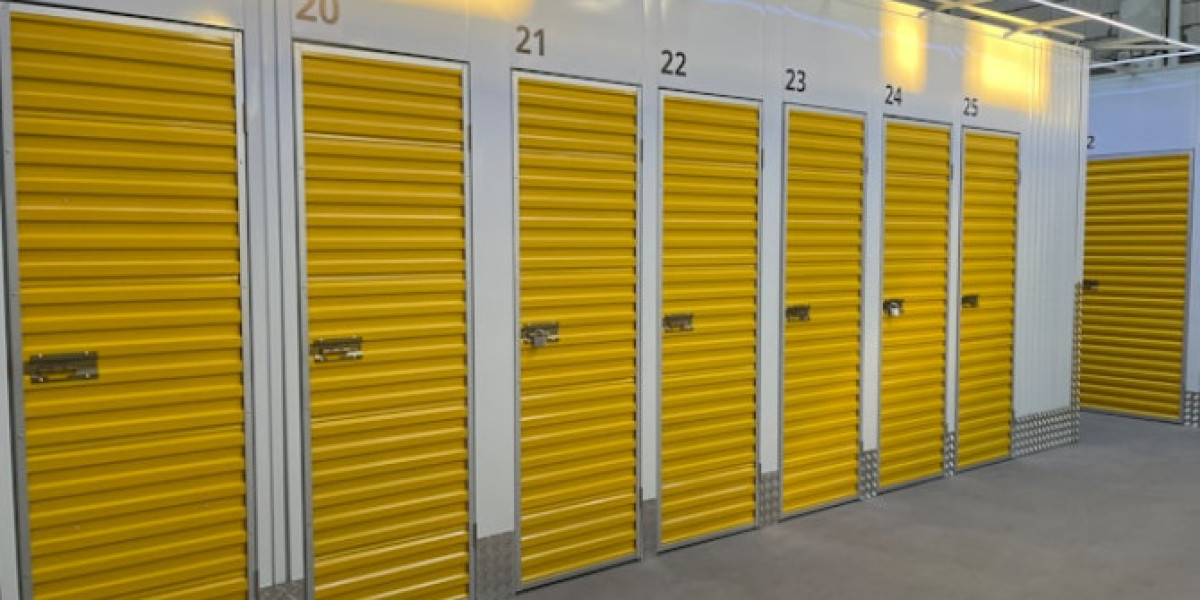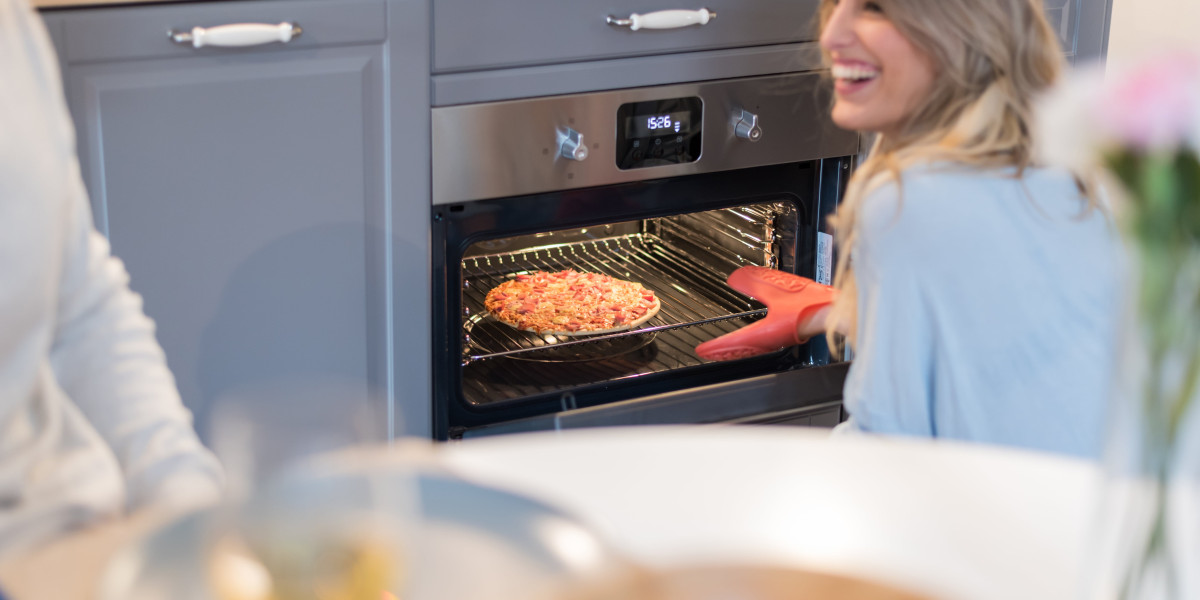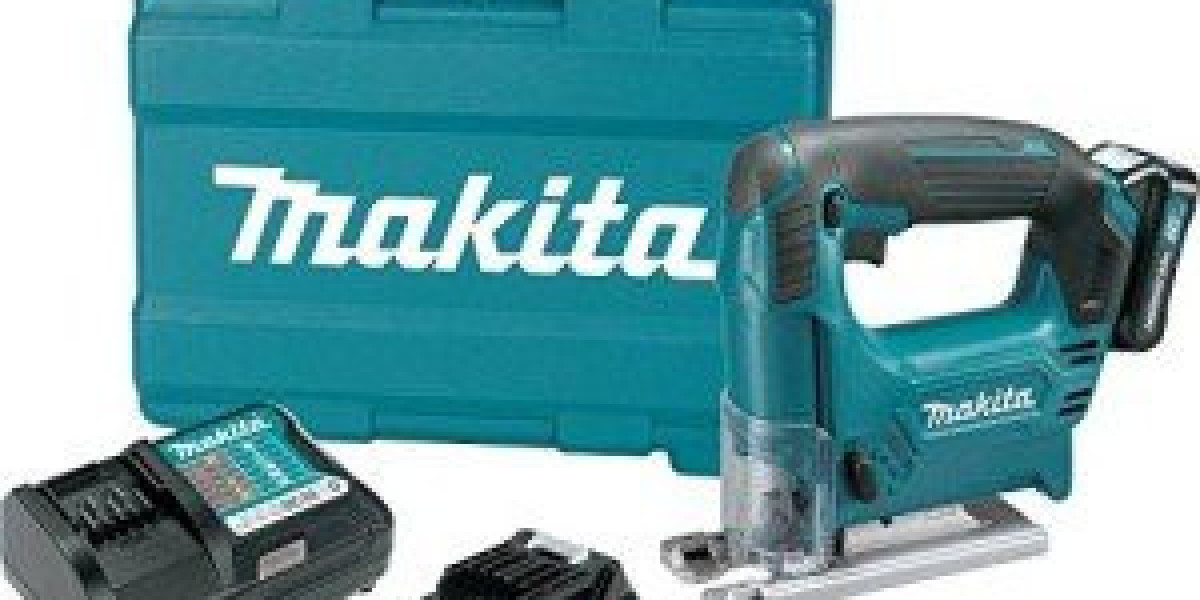Storing furniture long-term, whether it’s due to a move, renovations, or simply a need to declutter your home, can be a daunting task. You want to ensure your valuable pieces remain in the same condition they were when you first placed them in storage. While many storage units offer security and space, the environment inside is equally important for preserving the integrity of your items, especially furniture. If you’re planning to store furniture for an extended period, proper packing and protection are key to ensuring it stays safe and sound.
In this post, we’ll explore practical steps to protect your furniture during long-term storage, so it stays in excellent condition when you’re ready to retrieve it. From preparing your items to selecting the best storage conditions, we'll cover everything you need to know.
1. Clean and Disassemble Furniture
Before placing your furniture into storage, the first thing you should do is clean it thoroughly. Dust, dirt, and moisture can cause damage over time, especially if furniture is stored for months or even years.
Cleaning the furniture is essential to prevent the accumulation of grime that can cause fabric discoloration, wood damage, or mold growth. Wipe down wooden furniture with a damp cloth and use a specialized cleaner for leather or fabric upholstery. For metal furniture, ensure you remove any rust and clean with a suitable polish to prevent further corrosion.
Next, disassemble your furniture where possible. Removing legs from chairs, sofas, and tables can help prevent unnecessary strain on joints and reduce the risk of them being damaged during storage. Additionally, disassembling bulky furniture can save space, making it easier to store everything neatly and reducing the likelihood of accidental damage.
2. Use Protective Covers
Furniture is vulnerable to dust, moisture, and potential scratches during long-term storage. To protect it, use high-quality protective covers. There are specific covers designed for different types of furniture, including sofas, chairs, and mattresses. Choose covers made from breathable, non-plastic materials such as cotton or fabric. Plastic covers may trap moisture, which can promote mold growth, especially in humid environments.
For wooden furniture, invest in fabric covers that protect the surface from dust and potential scratches. Be sure the covers fit snugly, but leave room for air circulation to avoid condensation buildup.
For upholstered furniture like couches and armchairs, use furniture covers or large furniture bags made of breathable fabric to keep dust, dirt, and pests away. It’s also a good idea to stuff the cushions with soft materials such as foam or bubble wrap to maintain their shape while in storage.
3. Properly Pack and Pad Furniture
The way you store your furniture matters just as much as how you pack it. When placing items into storage, be mindful of how furniture is stacked and whether it’s at risk of tipping or shifting.
Consider padding your furniture with moving blankets or soft pads to protect it from scratches, bumps, or pressure from other items. You can even use foam corner protectors to safeguard delicate edges, particularly on wooden furniture pieces like tables and dressers. For particularly fragile items, it’s worth wrapping them in bubble wrap to add an extra layer of protection.
If you plan to store items like mattresses, roll them up and place them inside a mattress bag to prevent damage from dust and moisture. Keeping them elevated off the ground can also help prevent mold growth.
4. Choose the Right Storage Conditions
When selecting a storage unit for your furniture, environmental conditions are crucial. Temperature and humidity can impact your furniture over time, particularly if you’re storing wooden, leather, or fabric pieces. Extreme temperature fluctuations can cause wood to expand and contract, leading to cracks or warping. Similarly, high humidity can cause fabrics to absorb moisture, leading to mold or mildew growth, and can even cause leather to dry out or crack.
For the best protection, consider storing your furniture in a climate-controlled unit, such as those available at certain river oaks storage units. Climate control ensures that the environment stays within a stable temperature range and reduces the risk of humidity-related damage. These types of units are particularly important for sensitive items like leather furniture, artwork, and electronics.
If climate-controlled units are not an option, it’s important to check that your storage facility is well-ventilated. Good airflow will help reduce humidity levels, which is essential for preserving your furniture.
5. Store Furniture Strategically
Once you’ve packed and prepared your furniture, it’s time to think about how to arrange your storage unit. The way you store your furniture can make a significant difference in how well it’s protected.
Start by placing heavier items on the bottom and stacking lighter, less fragile pieces on top. Avoid packing too tightly, as this can place unnecessary pressure on items, potentially causing them to get damaged. Leave enough space between your furniture pieces to ensure air can circulate freely, which helps prevent moisture buildup and ensures the items won’t shift during access.
Make sure to store the furniture away from walls if possible. Storing items too close to the walls of the unit can expose them to moisture and temperature fluctuations. Keeping furniture a few inches away from the walls provides better airflow and minimizes the risk of condensation damage.
6. Use Pest Control Measures
Another consideration for long-term storage is the potential for pests. While pests may seem like an unlikely concern, they can damage furniture, especially wooden items, and leave behind unpleasant smells.
To protect against this, consider using pest control products such as mothballs, rodent repellent, or natural remedies like cedar chips. Place these items in the corners or on shelves in the storage unit, but be careful not to place them directly on the furniture, as they may cause staining or odors.
If you're storing upholstered furniture, it’s a good idea to place it on pallets or raised platforms to keep it off the ground. This helps prevent pests from accessing the fabric and ensures airflow underneath, further reducing the risk of moisture buildup.
7. Check Regularly for Maintenance
Even with the best protection, it’s always a good idea to check on your furniture periodically, especially if you’re storing it for an extended period. Many storage facilities, including river oaks storage units, allow you to visit your unit to check the condition of your belongings.
Make it a point to inspect your stored furniture at least every few months to ensure no damage has occurred. Check for signs of moisture, mold, or pests, and ensure the protective covers remain intact. This can help catch potential issues early and prevent further damage down the line.
Conclusion
Protecting your furniture during long-term storage requires a little effort up front but can significantly extend the life of your valuable items. By cleaning and disassembling your furniture, using proper covers and padding, selecting the right storage conditions, and storing strategically, you can ensure your furniture stays in excellent condition. Additionally, choosing the right storage facility, such as those offering climate control or pest prevention, is key for protecting your items from environmental factors.
Whether you’re using river oaks storage units or another facility, taking these precautions will give you peace of mind knowing that your furniture is safe and ready to be enjoyed when you need it again.






